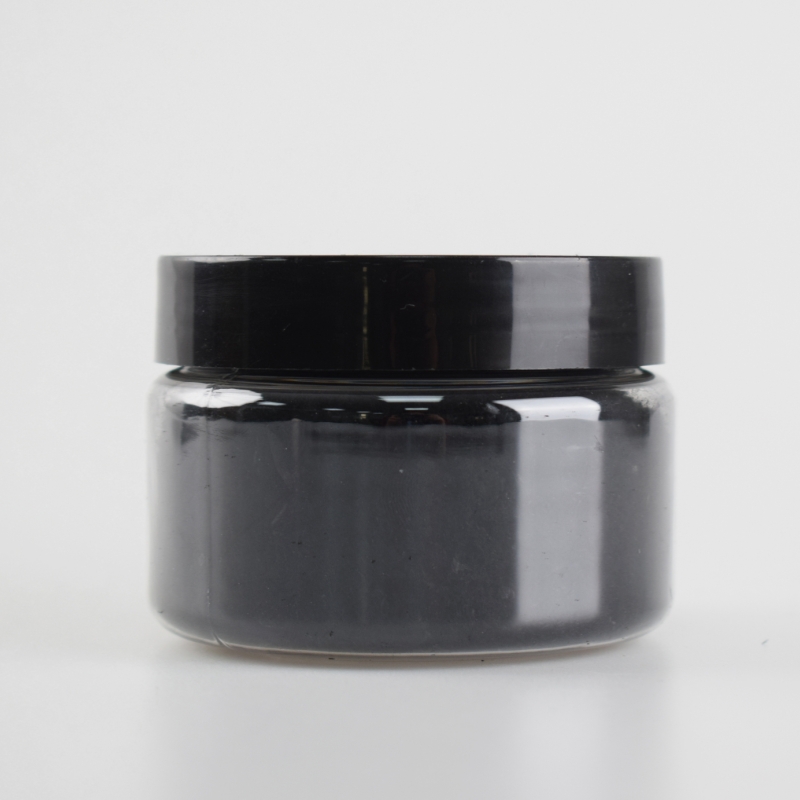Poly-L-lysine modified iron oxide magnetic nanoparticles provide optimized surface functionalization, superior biocompatibility, and enhanced magnetic responsiveness. Designed for advanced biomedical applications, they ensure efficient conjugation, extended circulation stability, and high-performance adaptability.
Product Overview
Poly-L-lysine modified iron oxide (Fe₂O₃) magnetic nanoparticles are core-shell structures composed of a Fe₂O₃ core modified with poly-L-lysine (PLL). These nanoparticles are soluble in pure water and possess excellent magnetic properties, with the added benefit of a positively charged surface that enhances their biocompatibility and ability to be functionalized with biological molecules. They are widely used in biomedical fields, especially in cell labeling, magnetic resonance imaging (MRI) contrast enhancement, and targeted drug delivery.
Key Features
- Biocompatibility: These nanoparticles exhibit excellent biocompatibility with minimal toxicity, making them ideal for biomedical applications.
- Biomolecule Functionalization: The surface can easily be modified, allowing further coupling with various biological molecules to enhance functionality.
- Cellular Phagocytosis: Due to their positively charged surface, they are readily phagocytosed by cells, making them suitable for efficient cell labeling, with a high labeling rate.
- Dispersibility and Stability: The nanoparticles demonstrate outstanding dispersibility and stability, ensuring reliable long-term storage and consistent performance.
Applications
- Cell Magnetic Labeling: Suitable for labeling stem cells, tumor cells, immune cells, etc., improving cell labeling efficiency.
- Magnetic Resonance Imaging (MRI): Acts as a contrast agent for MRI, enhancing image contrast to provide clearer observation and localization of lesions.
- Drug Delivery: With excellent biocompatibility and surface modification capacity, these nanoparticles can serve as drug carriers for targeted drug delivery.
- Magnetic Hyperthermia: Generates thermal effects under an external magnetic field, which can be used to target and kill tumor cells through hyperthermia.
- Molecular Imaging: Employed in molecular imaging for monitoring dynamic changes of biological molecules and biological processes.
- Magnetic Separation: Useful for magnetic separation of cells or other biological molecules, facilitating experimental research and analysis.
- Tissue Engineering: Used as part of scaffolding materials in tissue engineering to promote cell growth and tissue repair.
| Technical Parameter | Description |
| Form | Brown-clear aqueous colloid |
| Particle Diameter | 10 nm |
| Zeta Potential | +43.4 mV |
| Main Components | PLL@ Fe₂O₃, ultrapure water |
| Notes | Magnetic separation columns are required for separation. |
 new material
new material








